Realistic Sawfly Larva
Our Realistic Sawfly Larva is a great representation of a live sawfly larva. It has the long, segmented body made of silicone-like material. A row of legs on each side and a small, distinctive head mimic the live insect extremely well. The colors and the black markings give this fly super-authentic look. The weight of the pattern is of the sinking insect and it easily falls below the water surface. The material is very durable and will withstand many takes. Proven effective many times over during summer and early fall months. Great pattern to mimic the real sawfly larva, but also very effective in imitating caterpillars, inchworms and other similar looking fly patterns.
Realistic Sawfly Larva fly pattern comes in hook size #6 (about 20mm long) and a range of colors: Green, Olive, Orange, Yellow and Gray.
Sawfly
Sawflies are related to bees, wasps and ants, and belong to order Hymenoptera, suborder Symphyta. Their name comes from the saw-like organ – an ovipositor – that they use to drill through the trees when they want to lay the eggs. During their larval stage, they mostly feed on vegetation, while adults feed on pollen and nectar. Their larva is sometimes mistaken for caterpillar larva, but can be distinguished easily by the number of abdominal prolegs – caterpillars have up to five pairs, while sawfly larva will have six or more pairs. Sawflies go through complete metamorphosis and have four life stages: egg, larva, pupa & adult. The larval stage is the longest and can last from couple of months to couple of years in some species. Adult sawflies live only 7 to 9 days. Females lay eggs in little pods, in groups. When hatched, sawfly larva spend their long life feeding on foliage. When fully fed, they would hide in soil or the bark of the wood to go though their next stage – pupating. Sawfly larva, due to their aggressive eating habits, can pose a big threat to both forestry and agriculture. When comes to fly fishing, larval stage of sawflies is the most important.
Most sawfly larvae are 3/4 to one inch (20-25mm) long, but they can be found as little as only a few millimeters long. They have an elongated long body with distinguished small head and many black spots. They come in all shades of green, gray and yellow.
Fishing Sawfly Larvae
Sawflies reside in vegetation, feeding. When wind blows they often fall into the stream beneath it. As they live in large numbers, they fall in large numbers as well, causing a frenzied rise by the fish. As they fall, the trout is drawn to them and would even swim long stretches across the stream just to grab one of these juicy meals. It is not uncommon to notice the fish to rise periodically, in timed intervals, as the meal is almost certainly waiting for them above. The ones that are not grabbed at the surface, get gulped down when they sink below. Drag-free drifts are recommended. Best locations to fish these patterns would be between heavily wooded banks, under willow, poplar and alder trees.
Fly Fishing Terrestrial Flies
Terrestrial insects are land-bred. Some of the species of terrestrials include: hoppers (grasshoppers), ants, beetles, bees, crickets, etc.
Terrestrials are one of the essential food sources for trout and other game fish during summer months. Hot summer months are when the aquatic insects become sparse, the trout is the most active and grows the fastest. This is when terrestrials become their most important food source as a rich source of protein. A terrestrial falling into the water is a great and nutritious meal for fish as these insects are usually bulkier and heavier than aquatic insects and they provide a large calorie intake when the trout need it most.
Terrestrial fly patterns are effective from May till October, and sometimes even into the November.
As terrestrials are most active and most likely to fall in the river during the day, the best time to fish these fly patterns is anytime from late morning all the way through the evening. Windy days are best as the wind ‘pushes’ them to the water. Optimal locations to present terrestrial patterns is along cut banks, grassy shorelines or under big trees – places where fish wait for them – easy meals just dropping in. As these insects will eventually be pulled further into the river – midstream can also be a good place to present your fly.
On smaller streams fish are depending mostly on terrestrials as their food source. Small waters don’t have the high-energy riffles where the aquatic insects spend much of their lifecycles. For fishing small streams – terrestrials are a must.
Being it mid-summer, early fall, or the midst of spring – fishing terrestrial fly patterns can provide top dry-fly action!




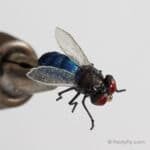




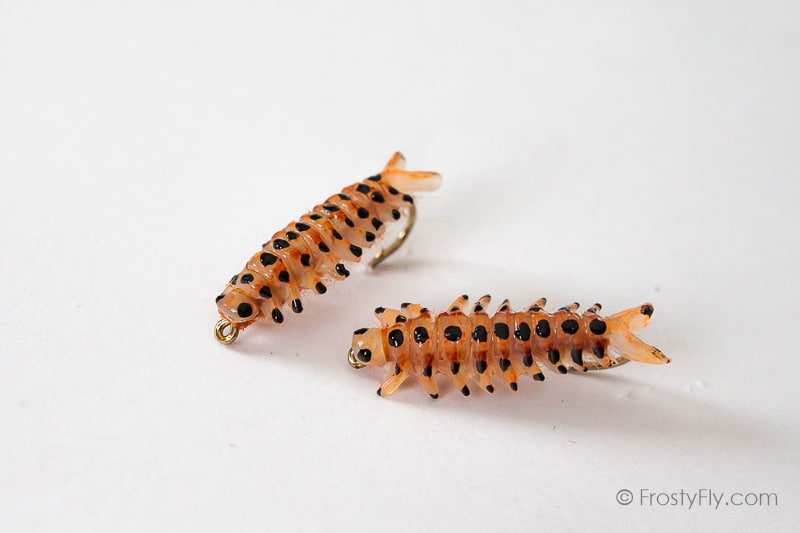





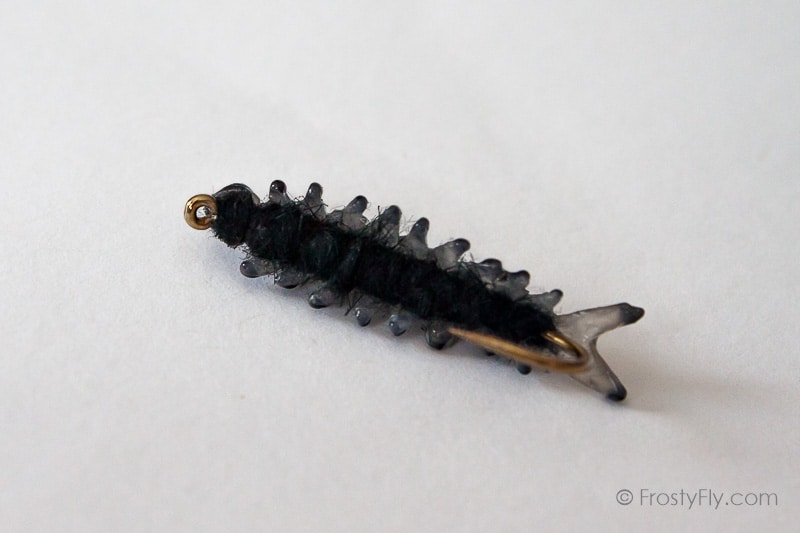





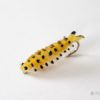



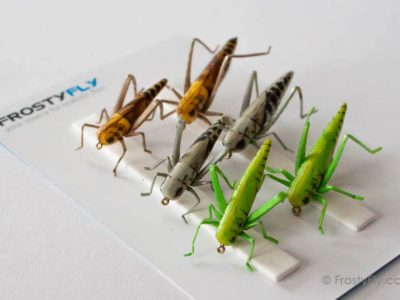



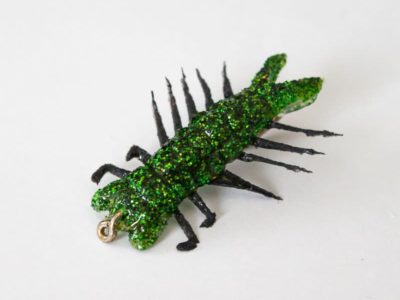

Reviews
There are no reviews yet.